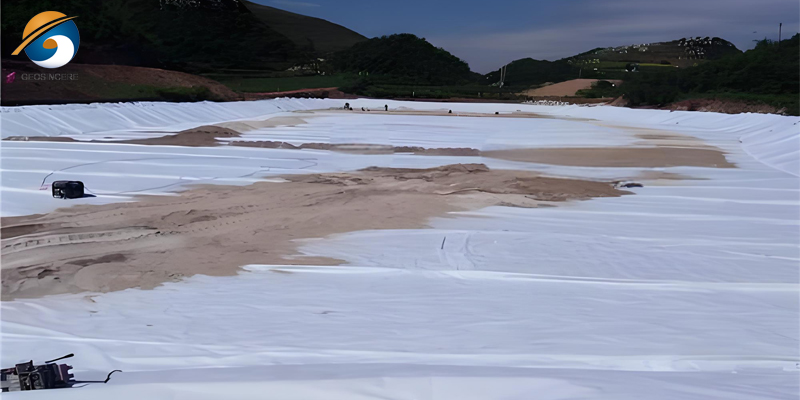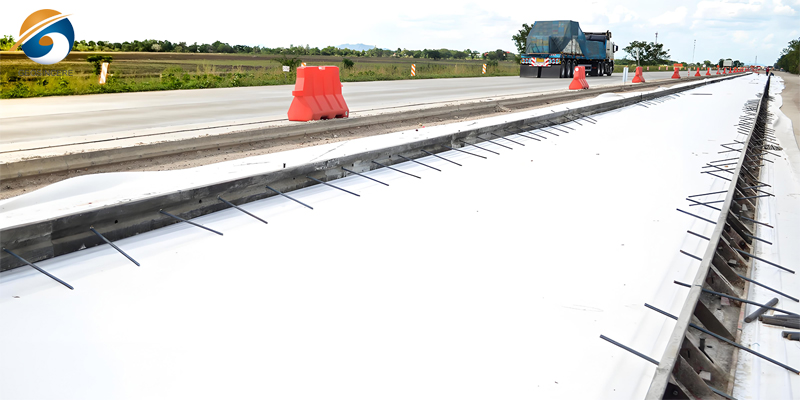Things to Know About Geotextile Filter Fabric
Geotextile filter fabrics are vital components in modern civil engineering and environmental projects. These innovative materials play a crucial role in soil stabilization, erosion control, and water management. As our infrastructure demands increase and environmental concerns grow, understanding the benefits and applications of geotextile fabrics becomes essential. In this article, we will explore the unique properties of these fabrics, their diverse uses, and how they contribute to sustainable development. Whether you’re a seasoned professional or a curious learner, you’ll discover why geotextile filter fabrics are paving the way for a more resilient future.
1. What Is Geotextile Filter Fabric?
Geotextile filter fabric is a synthetic material used in civil engineering and environmental applications to enhance soil stability and manage water flow. Made from polymers such as polypropylene or polyester, these fabrics are designed to allow water to pass through while filtering out soil particles, thereby preventing erosion and sedimentation.
Typically, geotextile filter fabrics come in two main types: woven and non-woven.
- Woven geotextiles are made from interlaced fibers, providing high tensile strength and durability, making them ideal for applications requiring heavy load support.
- Non-woven geotextiles, on the other hand, are produced by bonding fibers together, offering excellent drainage properties and flexibility, which makes them suitable for filtration and separation tasks.
These fabrics are widely used in various applications, including road construction, drainage systems, landfill projects, and agricultural settings, helping to improve soil conditions and enhance project longevity.
2. How Do Geotextile Filter Fabrics Work?
Geotextile filter fabrics operate through a combination of filtration, separation, and drainage processes. Here’s a closer look at how they function:
2.1 Filtration: Geotextiles allow water to flow through while preventing soil particles from passing. This is achieved through the fabric’s pore size, which is designed to retain sediments and silt while permitting water to filter through.
2.2 Separation: In construction and landscaping, geotextiles act as a barrier between different materials, such as soil and aggregate. This separation helps maintain the integrity of each layer, preventing mixing that could compromise structural stability.
2.3 Drainage: Geotextiles facilitate efficient water drainage in various applications, reducing the risk of waterlogging and erosion. They enable excess water to flow through while retaining soil, which is particularly beneficial in road construction and drainage systems.
2.4 Reinforcement: In some cases, geotextiles provide additional strength to the soil, helping to distribute loads and reduce settlement in structures like roads and embankments.
By combining these functions, geotextile filter fabrics enhance the performance and longevity of civil engineering projects while contributing to effective environmental management.
3. What Are the Benefits of Using Geotextile Filter Fabric?
Geotextile filter fabrics offer a range of significant benefits that make them essential in various engineering and environmental applications:
3.1 Erosion Control: By filtering out soil particles while allowing water to pass, geotextile fabrics help prevent soil erosion in slopes, riverbanks, and construction sites.
3.2 Improved Drainage: These fabrics facilitate better water drainage, reducing the risk of waterlogging and associated problems such as structural instability and vegetation stress.
3.3 Soil Stabilization: Geotextiles reinforce soil structures, enhancing their load-bearing capacity and reducing settlement, which is crucial for roadways, retaining walls, and foundations.
3.4 Cost-Effective Solutions: Using geotextiles can reduce the need for expensive drainage systems and extensive earthworks, leading to overall cost savings in construction projects.
3.5 Environmental Protection: They help protect water quality by filtering out sediments and pollutants, making them valuable in stormwater management and landfill applications.
3.6 Versatility: Geotextile fabrics are suitable for a wide range of applications, from road construction and landscaping to agricultural drainage and coastal protection.
3.7 Durability: Made from robust synthetic materials, geotextiles are resistant to degradation from UV rays, chemicals, and biological activity, ensuring long-term performance.
3.8 Ease of Installation: Lightweight and flexible, geotextiles are easy to handle and install, which can speed up project timelines and reduce labor costs.
By leveraging these benefits, geotextile filter fabrics contribute to more sustainable and effective engineering solutions.
4. How Do You Choose the Right Geotextile Fabric for Your Project?
4.1 Project Requirements: Identify the specific needs of your project, such as drainage, filtration, separation, or reinforcement. Different applications may require different types of geotextiles.
4.2 Type of Fabric: Determine whether a woven or non-woven geotextile is more suitable. Woven fabrics offer strength and load support, while non-woven fabrics provide excellent drainage and filtration properties.
4.3 Soil Conditions: Assess the soil type and its characteristics. The fabric's pore size should correspond to the soil particle sizes to ensure effective filtration and prevent clogging.
4.4 Environmental Factors: Consider environmental conditions, including exposure to UV light, chemicals, and biological agents. Choose a fabric that can withstand these conditions over the project's lifespan.
4.5 Load Requirements: Evaluate the expected loads and stresses on the fabric. Ensure that the selected geotextile has adequate tensile strength and durability to handle these loads.
4.6 Local Regulations: Check any local regulations or standards that may dictate specific requirements for geotextile materials in construction or environmental projects.
4.7 Cost Considerations: While budget is important, weigh the cost against the long-term benefits and performance of the geotextile. Investing in a higher-quality fabric can lead to better project outcomes.
4.8 Consultation: If unsure, consult with geotechnical engineers or fabric suppliers who can provide insights based on experience and industry standards.
By carefully evaluating these factors, you can select the right geotextile fabric to ensure the success and longevity of your project.
5. Summary
Geotextile filter fabrics are essential materials in civil engineering and environmental management, designed to enhance soil stability, control erosion, and facilitate drainage. Made from durable synthetic polymers, these fabrics filter water while preventing soil particles from passing through, making them effective in a variety of applications such as road construction, landscaping, and drainage systems.









